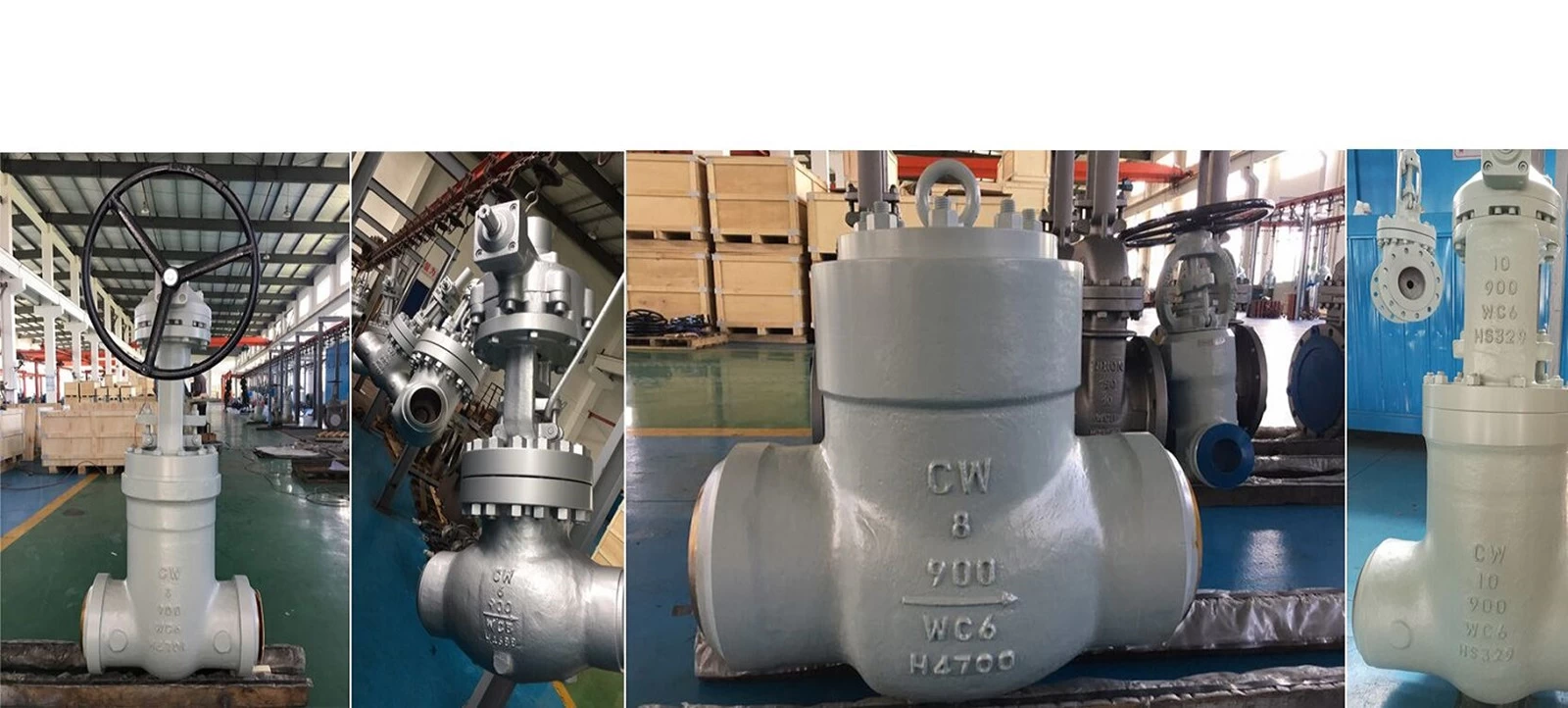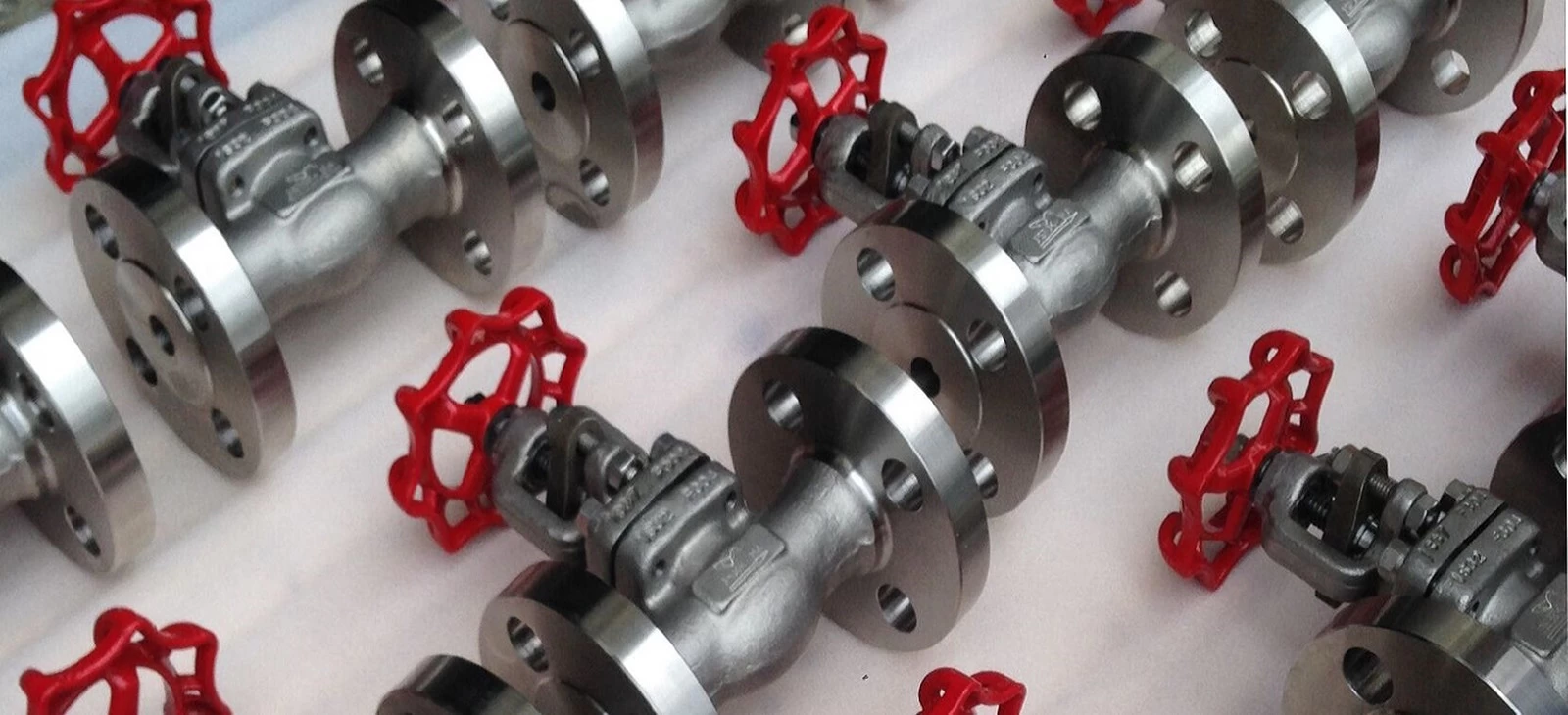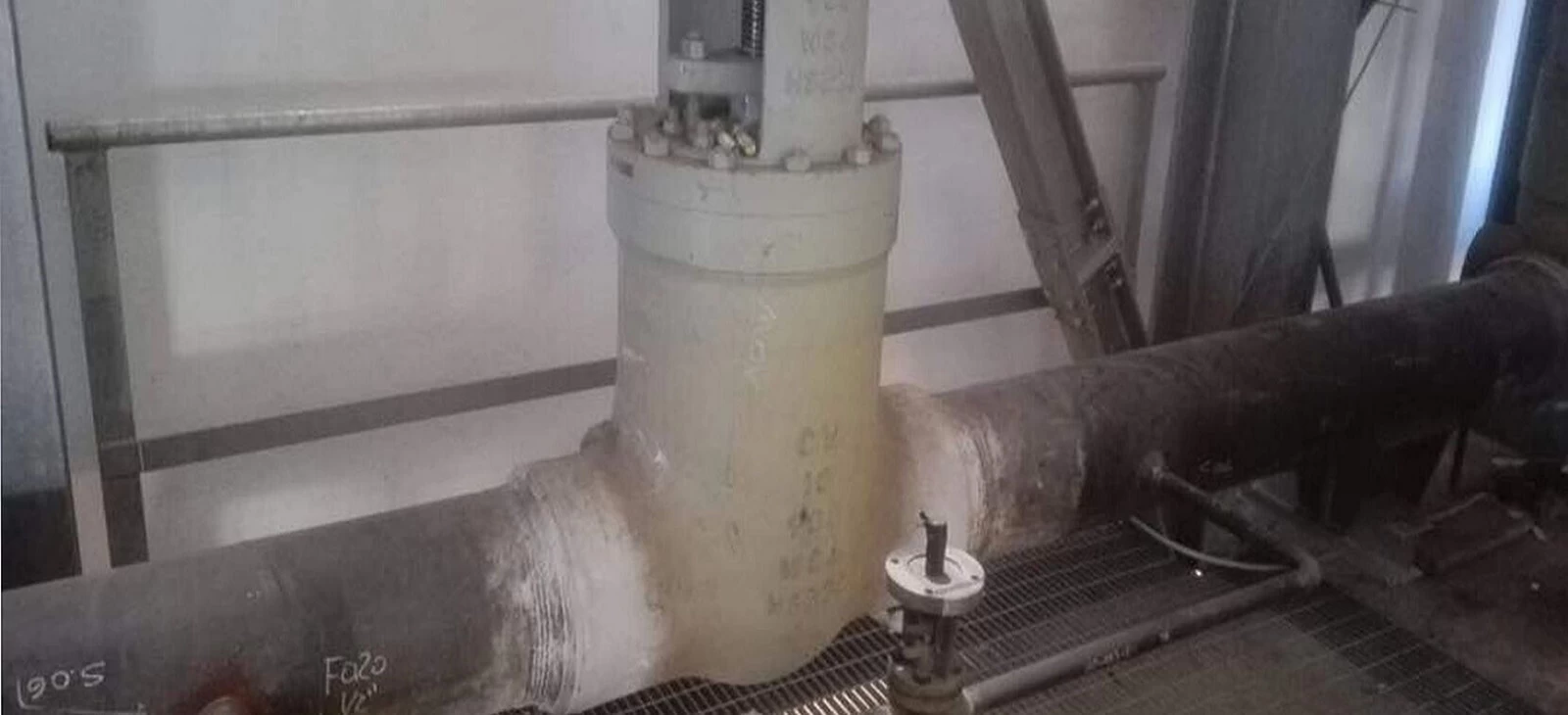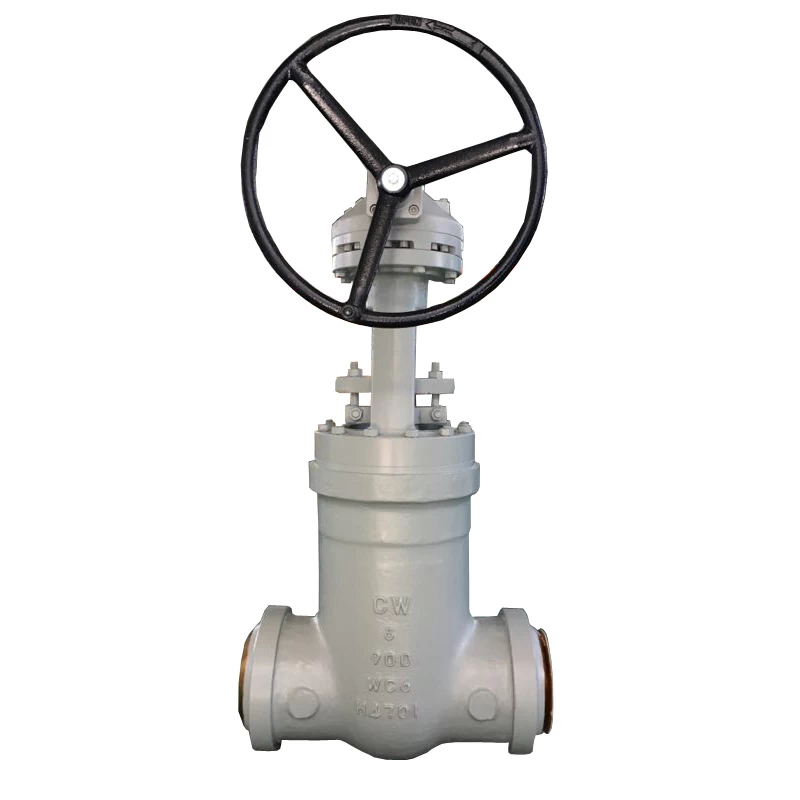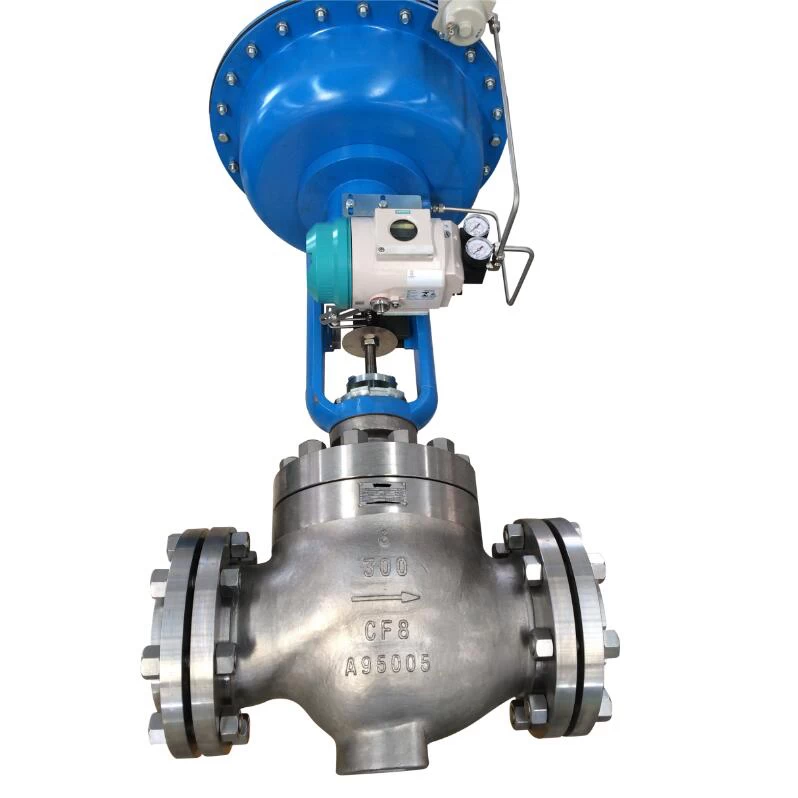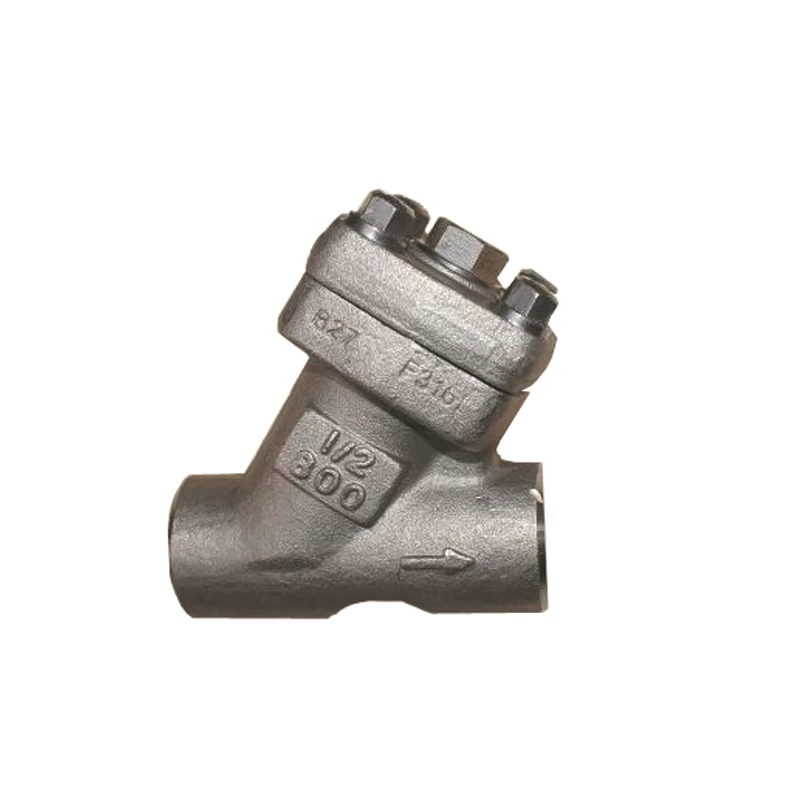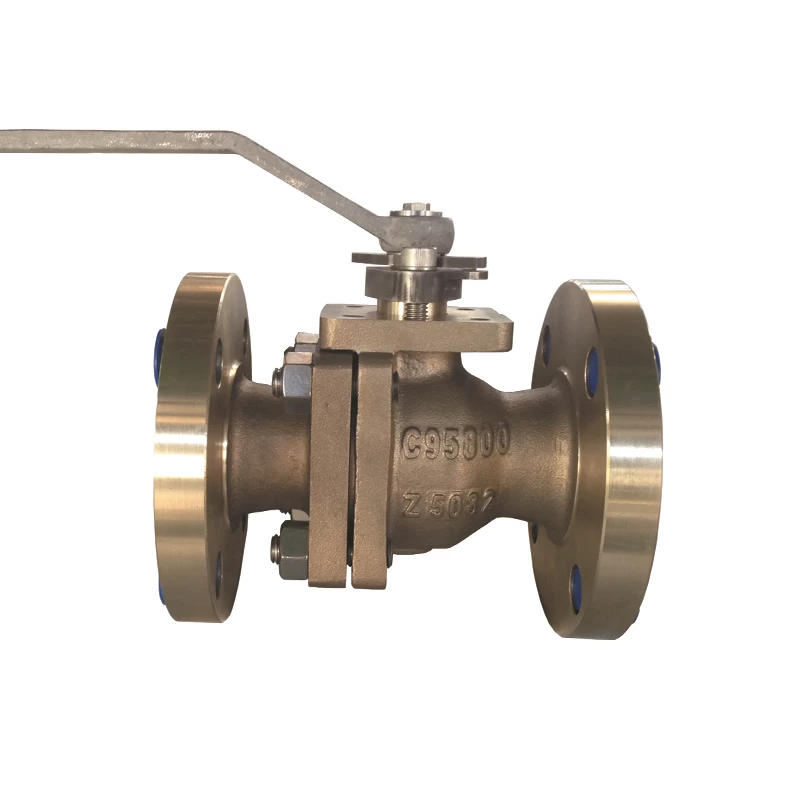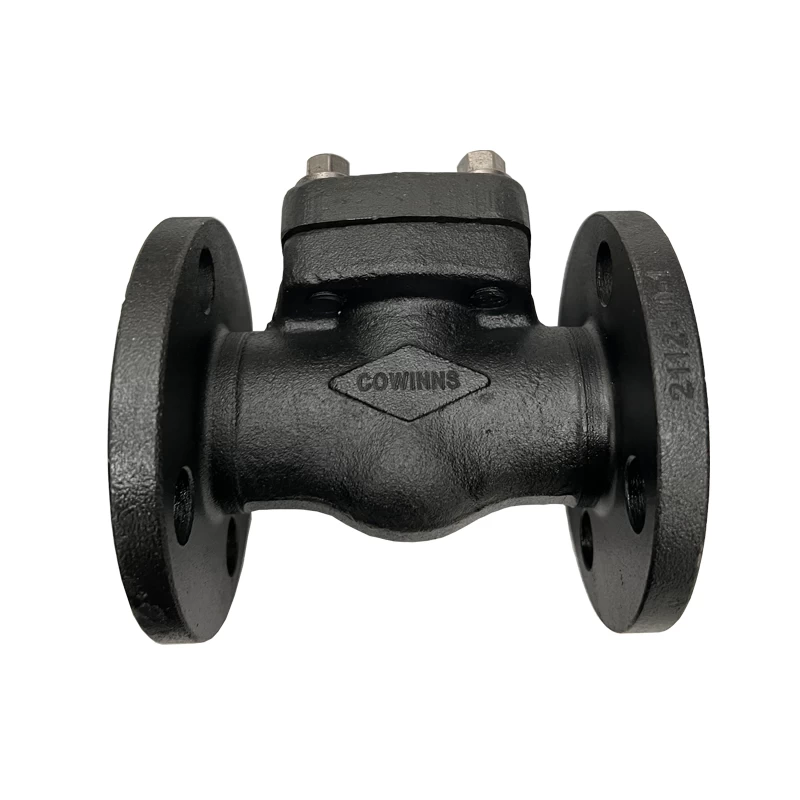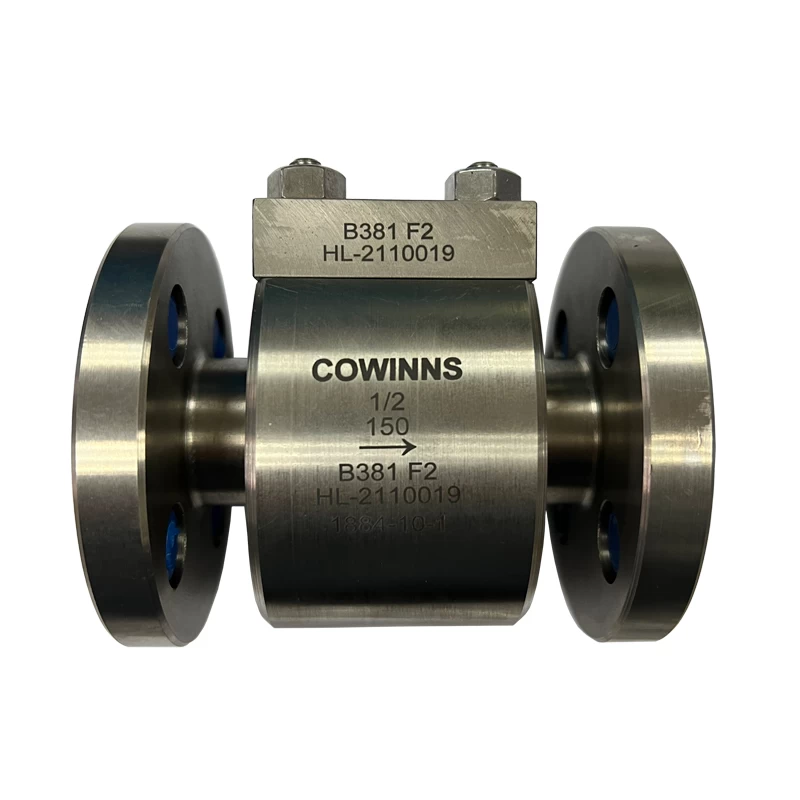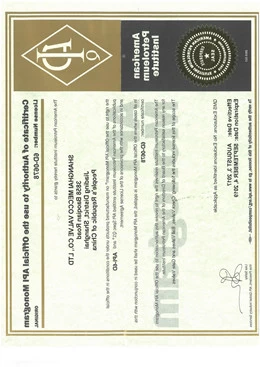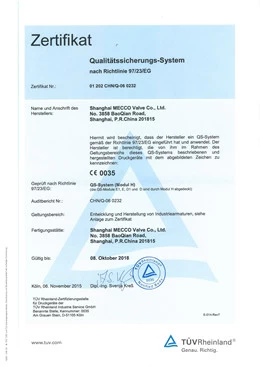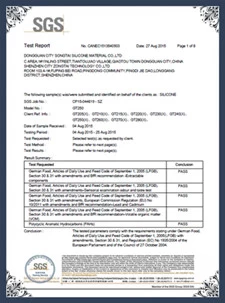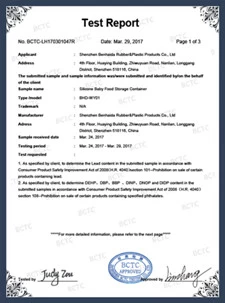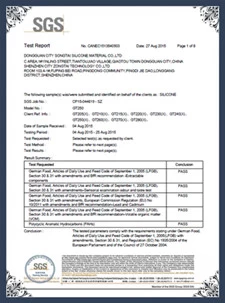Five Common Valve Leakage Issues and Solutions
Five Common Valve Leakage Issues and Solutions
As a China C63200 check valve factory, we often meet customers facing valve leakage problems in various industries. Understanding the common types of leakage and their solutions can help extend valve service life and reduce downtime.
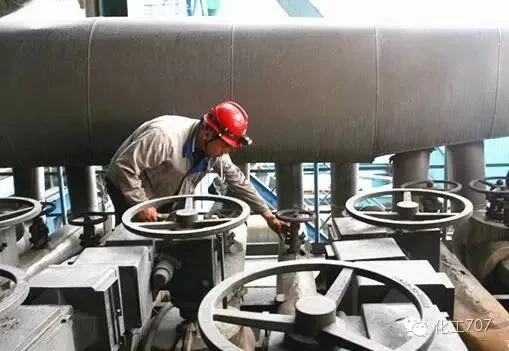
1. Leakage from Valve Body and Bonnet
This is one of the most frequent issues. It is usually caused by poor casting quality, freezing cracks, welding defects, or mechanical impact.
Solution: Improve casting quality, follow strict welding standards, insulate valves in low temperatures, and avoid heavy impacts. For small leaks, use adhesive sealing; for serious cases, apply proper welding or replacement.
2. Leakage at the Packing
Packing leakage accounts for the largest proportion of external valve leaks. Causes include incorrect packing material, poor installation, aged packing, or damaged valve stems.
Solution: Select the correct packing for operating conditions, install it properly, replace worn parts, and tighten gland bolts evenly.
3. Leakage at the Sealing Surface
Uneven sealing surfaces, bent stems, or incorrect material selection can lead to this problem.
Solution: Choose the right gasket material, ensure even bolt tightening, repair or grind damaged sealing surfaces, and keep all contact areas clean during assembly.
4. Leakage at Seal Ring Joints
This often occurs due to loose crimping, poor welding, loose threads, or corrosion.
Solution: Re-crimp with adhesive, re-weld according to standards, replace damaged parts, and change the seal ring when necessary.
5. Leakage from Detached Closing Parts
Over-tightening, loose connections, or unsuitable materials can cause the closing part to detach.
Solution: Operate valves correctly, use locking devices for connections, and select corrosion- and wear-resistant materials.
 +86 512 68781993
+86 512 68781993 
